Reviewed by Meg Flores
Looking to ditch AT&T? You are not alone. While AT&T remains one of the largest wireless carriers with over 70 million customers, many users are seeking better value, coverage, or features elsewhere. The upside is that the wireless market is hotly competitive, with carriers offering everything from satellite connectivity to ultra-budget plans.
Carriers are launching satellites and cutting prices to win you over. The old era of being stuck with subpar service because you had no other options, gone. Tired of high bills, spotty coverage, or missing features? The five alternatives below give you real reasons to switch.
T-Mobile: The innovation leader with satellite connectivity
T-Mobile has leaned into boundary-pushing, and their T-Satellite service shows they are serious about fixing coverage dead zones. T-Mobile's T-Satellite service is now commercially available, connecting your existing smartphone to over 650 Starlink satellites without any special hardware or complicated setup.
That matters when more than 500,000 square miles of the U.S., according to T-Mobile estimates, still lack land-based cell coverage. Rural trailheads, desert drives, a storm knocking out local towers, this is where satellite backup shines.
The setup is simple. The service connects automatically when there is no cellular signal, and requires only a clear view of the sky. No aiming, no app downloads, no fuss. A small icon indicates when satellite connectivity is active, and the system gracefully handles handoffs as satellites pass overhead.
This innovation sweetens T-Mobile’s value on regular plans. The T-Mobile Essentials Saver plan offers 50GB of premium data for $50 monthly (with AutoPay) for single lines, while their Essentials Choice 55 plan provides seniors with 50GB for for about $45/month (plan pricing/eligibility may vary; AutoPay may apply). Factor in satellite backup connectivity and you get coverage options traditional towers alone cannot match.
Perks help too, with Netflix on Us and in-flight Wi-Fi, making T-Mobile a strong pick for people who want connectivity innovation tied to entertainment. The satellite layer patches T-Mobile’s historical rural gap, creating a practical mix of terrestrial service with a space-based safety net.
Verizon: Premium network performance worth the investment
If network quality beats price on your priority list, Verizon delivers. Verizon frequently ranks among the leaders for nationwide coverage and reliability, though 5G availability and speed vary by metric and report. It's a dependable choice for city commutes and backroad drives alike. The carrier is known for strong network reliability and low latency, key for business users or anyone whose work depends on consistent mobile service.
You pay for that consistency. Verizon's Unlimited Welcome plan costs $65 monthly for one line, while their Unlimited Ultimate plan provides access to fastest 5G networks with additional premium features. Verizon's higher cost than other carriers is noticeable, but many users find the reliability worth it when others falter.
Costs drop with multiple lines. Family and multi-line discounts help blunt the premium pricing. Entertainment extras like Disney+, Hulu, and ESPN+ appear on select plans, though the perk mix differs from T-Mobile’s satellite angle or Google Fi’s travel smarts.
In a world buzzing about satellites, Verizon’s edge is its proven terrestrial network. No clear sky required, just steady performance built on a dense infrastructure.
Google Fi: The traveler's dream carrier
Google Fi treats coverage like a passport. If you travel often or want domestic flexibility, it brings tools the old-school carriers do not. The headline perk is seamless international coverage in over 200 countries without chasing special travel plans or gulping at roaming fees.
Under the hood, it plays the field. Google Fi primarily uses the T-Mobile network and may roam to partner networks to give you optimal coverage domestically, while T-Mobile's satellite service handles areas where no terrestrial networks reach. That blend creates useful redundancy for frequent flyers and anyone who moves between patchy zones.
Pricing fits the mission. Google Fi's Unlimited Standard plan includes 50GB of high-speed data and 25GB of hotspot tethering for $100 across four lines, about $25 per line for families. They have streamlined domestic options too for people who do not need the full travel toolkit.
Trade-offs, worth noting. Pricing is not the cheapest for heavy data use, and device compatibility works best with Google Pixel devices, though it supports many other phones. The service is integrated with Google services, making it easy for Android users, but iPhone users might not see the same level of polish.
For international travelers, Google Fi’s global reach paired with T-Mobile’s emerging satellite coverage creates a compelling stay-connected-anywhere combo.
US Mobile: Flexible plans that adapt to your usage
US Mobile stands out by letting you pay for exactly what you use. No bloated bundles, no subsidizing features you never touch. If unlimited feels wasteful and 15GB would do the job, this is your lane.
The flagship plan shows the philosophy. US Mobile's Unlimited Flex plan gives 10GB of high-speed data, then unlimited at 1Mbps, for about $17.50/month (annual prepay pricing — availability and exact price subject to change). You get enough fast data for daily life, then a slow-and-steady fallback so you are never offline.
Light users can trim even further. Their "light" build-your-own plan can be as low as $8 monthly for unlimited talk and text, plus 2GB of data when paid annually. You avoid paying for other people’s streaming habits if you mostly live on Wi-Fi.
The savings add up with commitment. Many users report cutting their bills by 50% or more compared to major carriers when switching to MVNOs like US Mobile. Yes, you prepay, but the month-to-month math often comes out ahead.
Think of it as a different bet. T-Mobile leans on innovation, Verizon on premium reliability, while US Mobile strips plans down to what you actually use.
Mint Mobile: Budget-friendly with bulk savings
Mint Mobile borrows a warehouse-store mindset, buy in bulk and save big. Prepay for a chunk of service and your monthly rate drops, sometimes dramatically.
The numbers are straightforward. Mint Mobile's 15GB plan costs as little as $20 monthly when paying upfront for a year, while their 5GB plan starts at $25 monthly when billed for three months upfront. As a T-Mobile MVNO, Mint Mobile offers plans ranging from 5GB for $15 monthly to unlimited around $30 monthly.
Performance rides on T-Mobile’s infrastructure, the same network underpinning T-Mobile’s satellite-enhanced coverage. As a T-Mobile MVNO, you get the network quality and expanding satellite backup capabilities at warehouse-style pricing, as long as you are comfortable prepaying.
That commitment is the catch. Unlike US Mobile’s mix-and-match approach or Google Fi’s month-to-month travel vibe, Mint asks for three months minimum, ideally a year to unlock the best rates. Confident about your coverage and data needs, the savings are hard to ignore.
It is a clean trade: T-Mobile’s network strengths, including satellite backup, without T-Mobile’s premium rates, paid up front instead of every month.
Making the switch: What to consider beyond price
The carriers are no longer playing the same game. T-Mobile leads on innovation with satellite support that wipes out dead zones, Verizon wins on steady performance, Google Fi excels at international coverage, US Mobile doubles down on customization, and Mint Mobile delivers bargain pricing through prepay.
Here is the backdrop, the "Big Three" MNOs, Verizon, AT&T, and T-Mobile, serve the majority of 335+ million wireless subscribers, but MVNOs and smaller carriers are gaining ground by offering specialized services aimed at specific needs instead of trying to be everything for everyone.
The key to picking the right AT&T alternative is knowing what you actually care about.
PRO TIP: Consider your actual usage patterns before switching. Do you really need unlimited data, or would 15GB with satellite backup suffice? Do you travel internationally enough to justify Google Fi's premium? Are you comfortable with bulk payments for Mint Mobile's savings? Do you value network reliability enough to pay Verizon's premium?
Stack those answers against AT&T’s current offering. Most people will find better value, coverage, or features elsewhere, but the best fit depends on whether you want innovation, reliability, international reach, customization, or pure savings.
It is a good moment to move. Competition is pushing real improvements and real price pressure, which means a better wireless experience without paying more, and in many cases, while paying less.





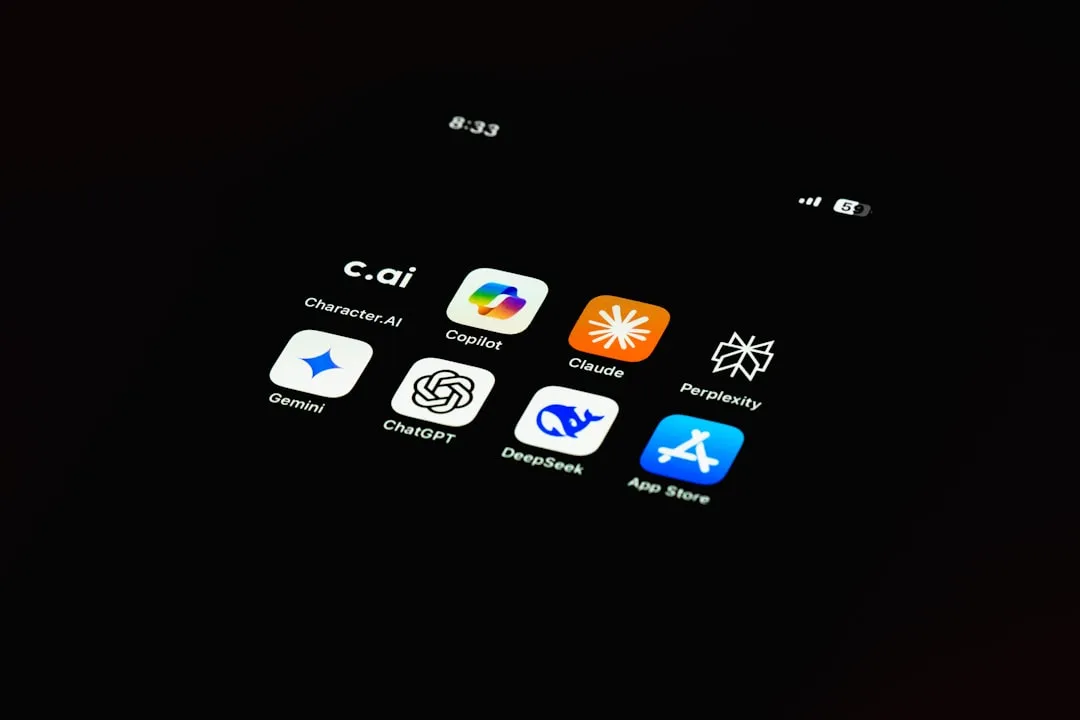


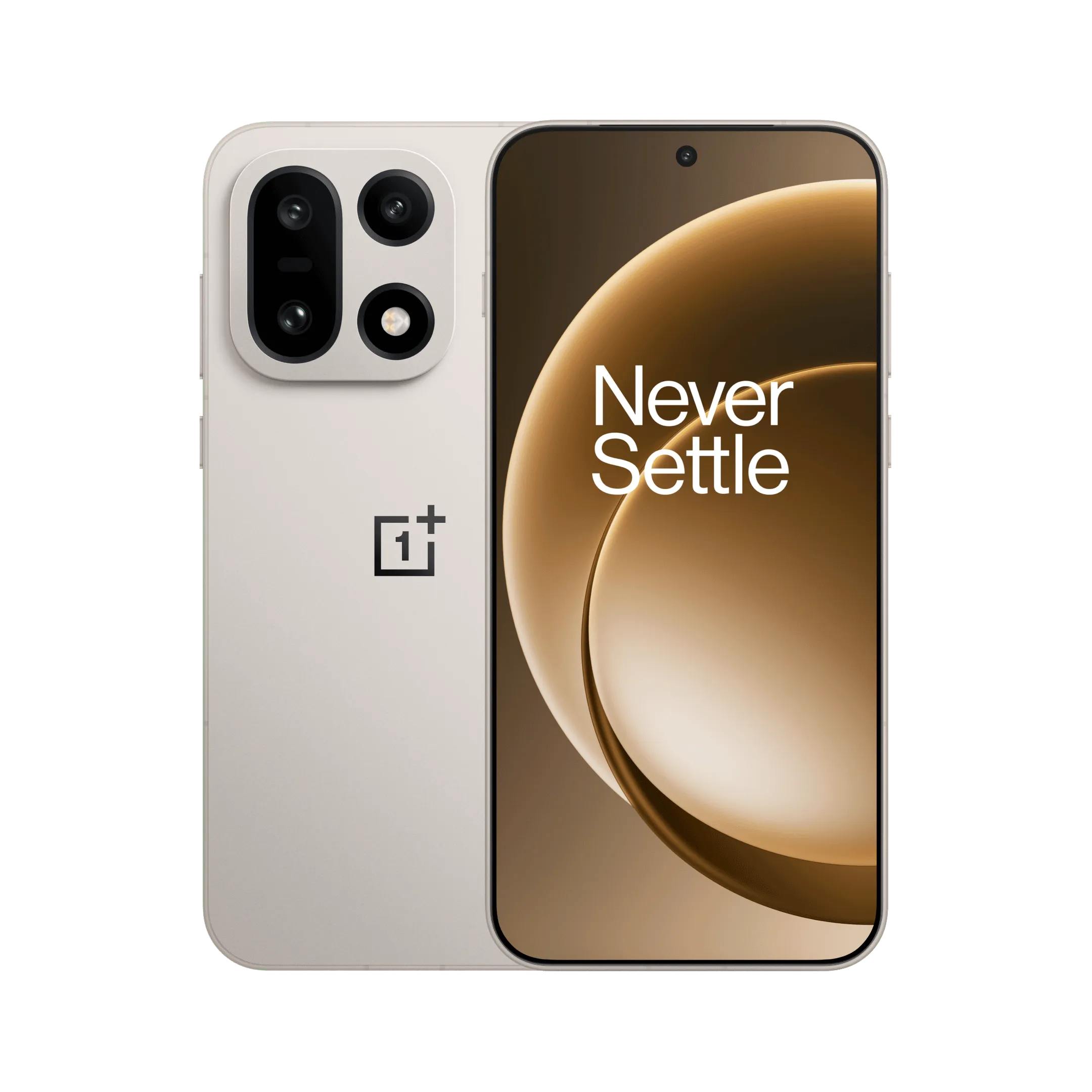

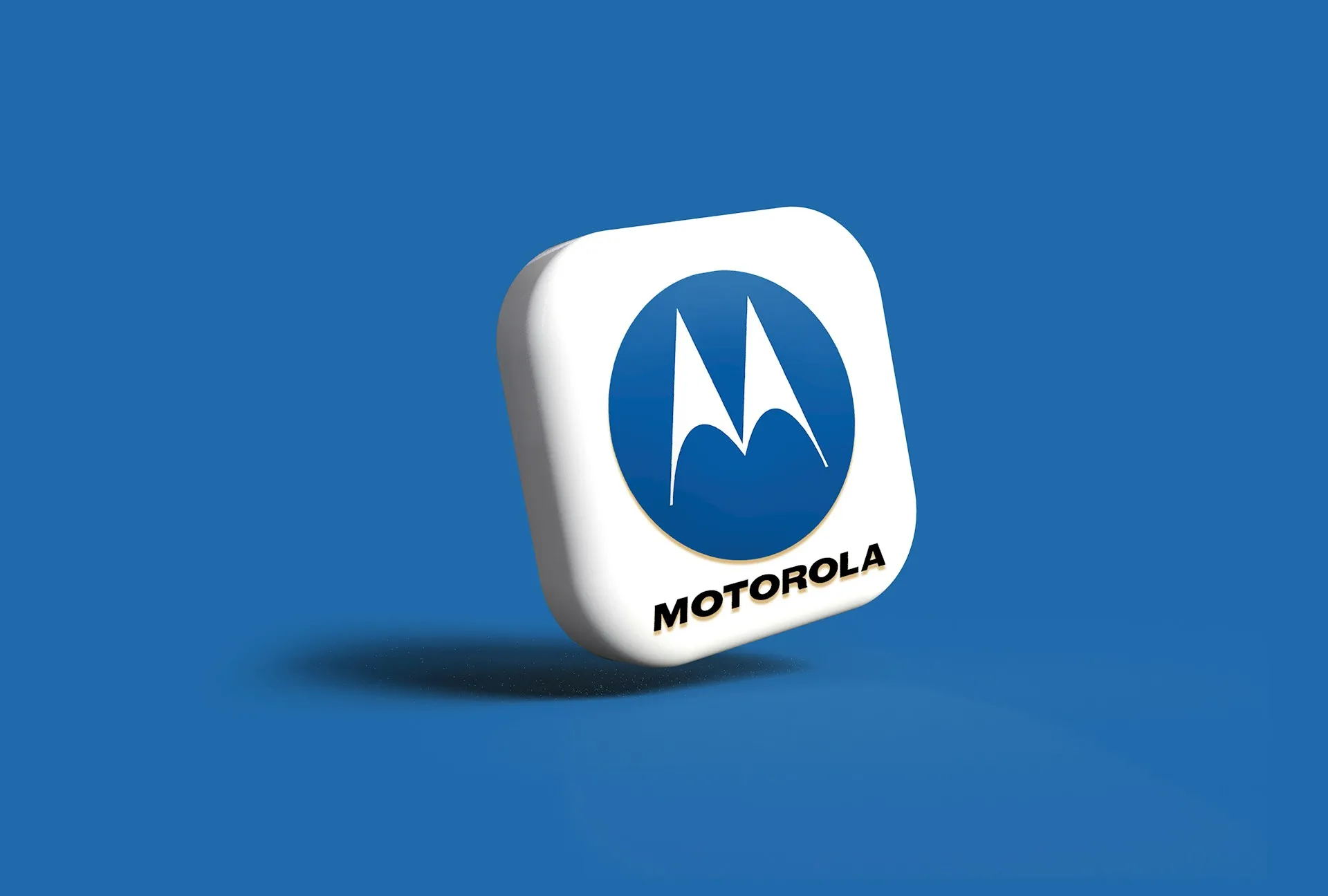
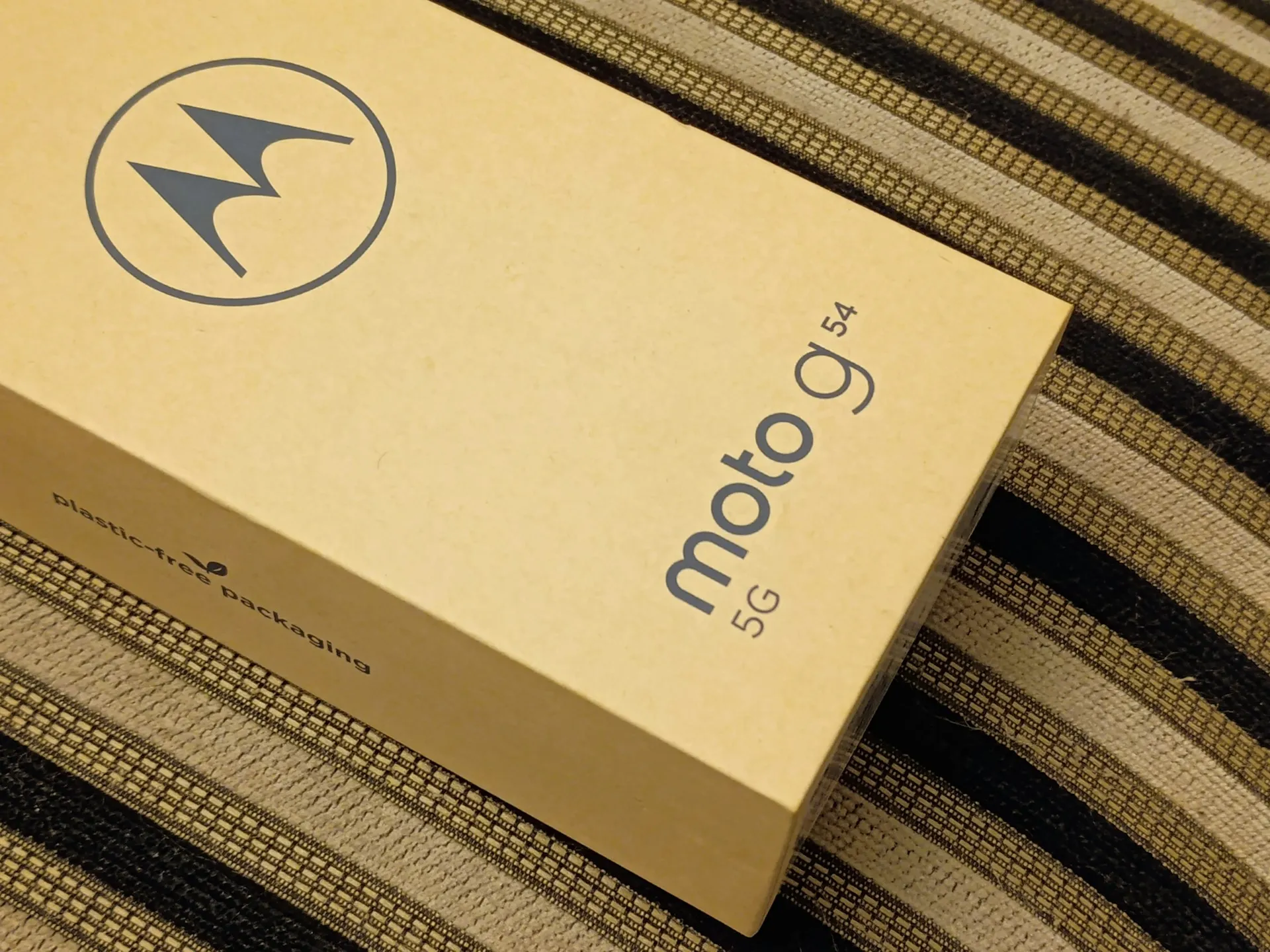

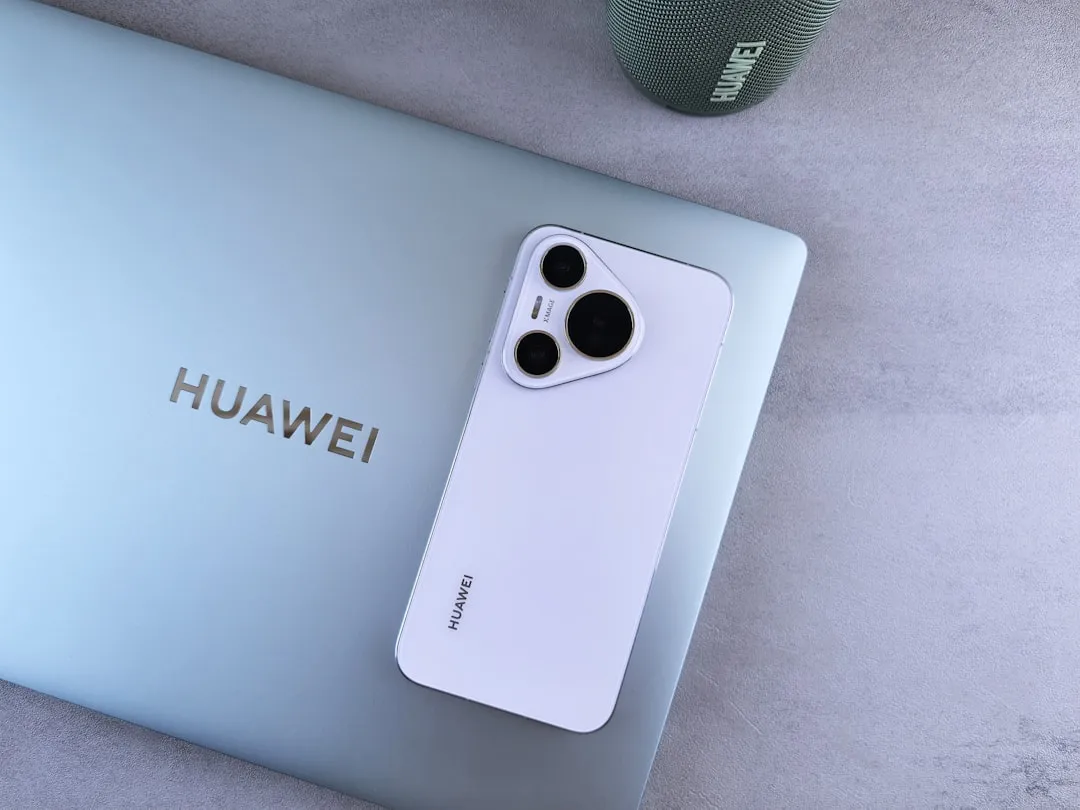

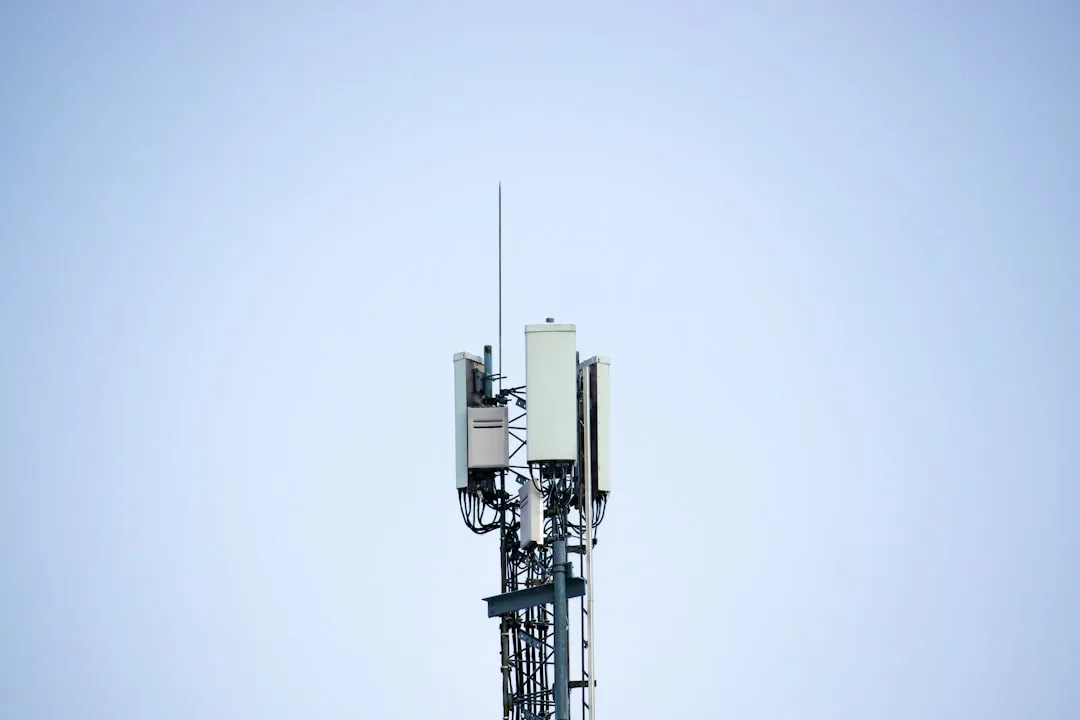


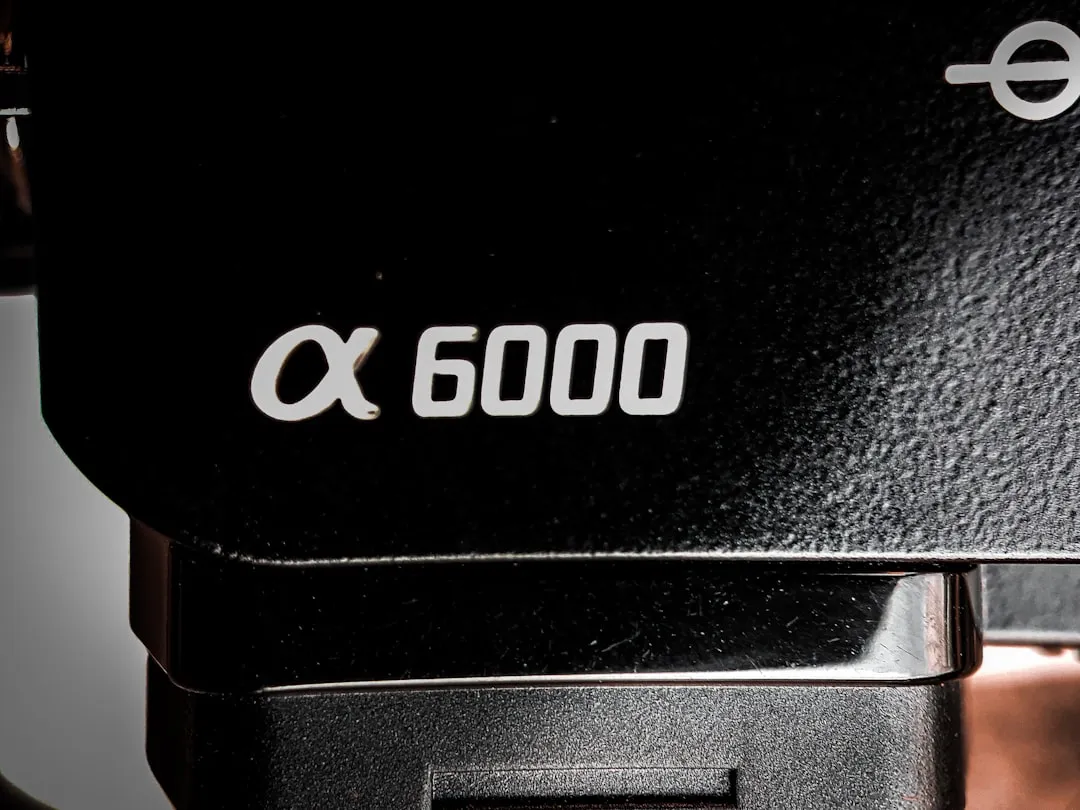

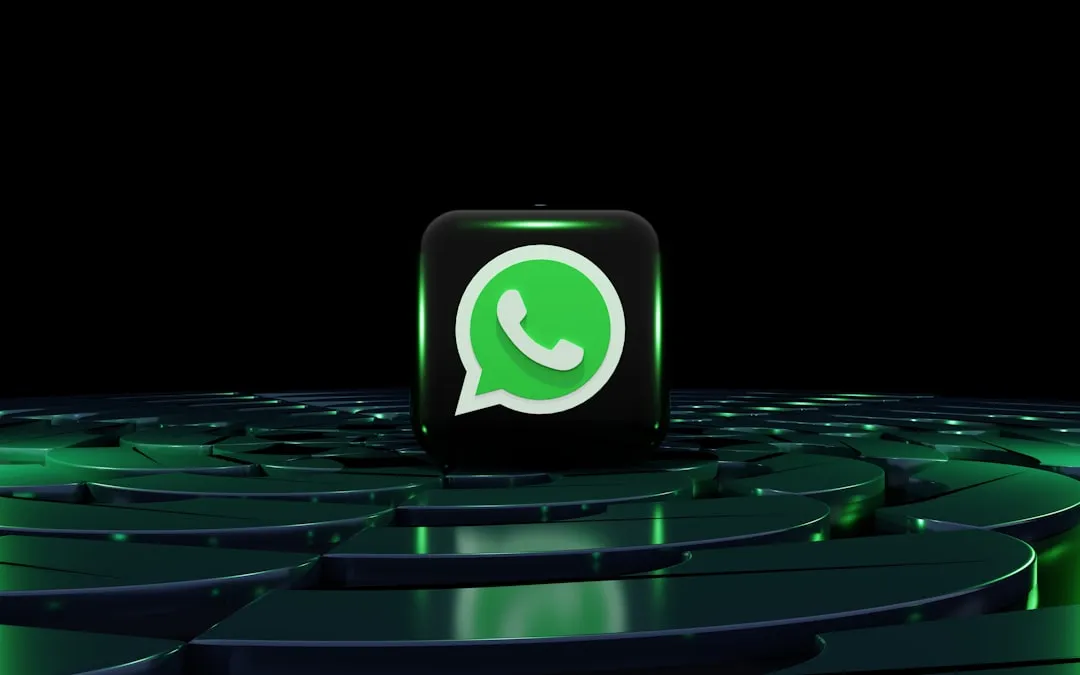
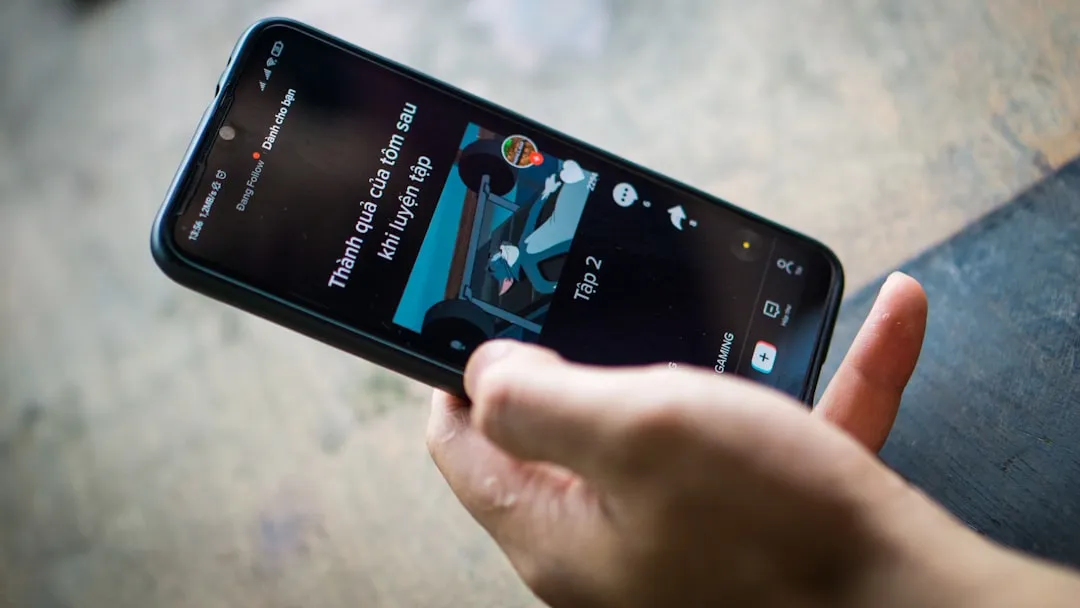



Comments
Be the first, drop a comment!